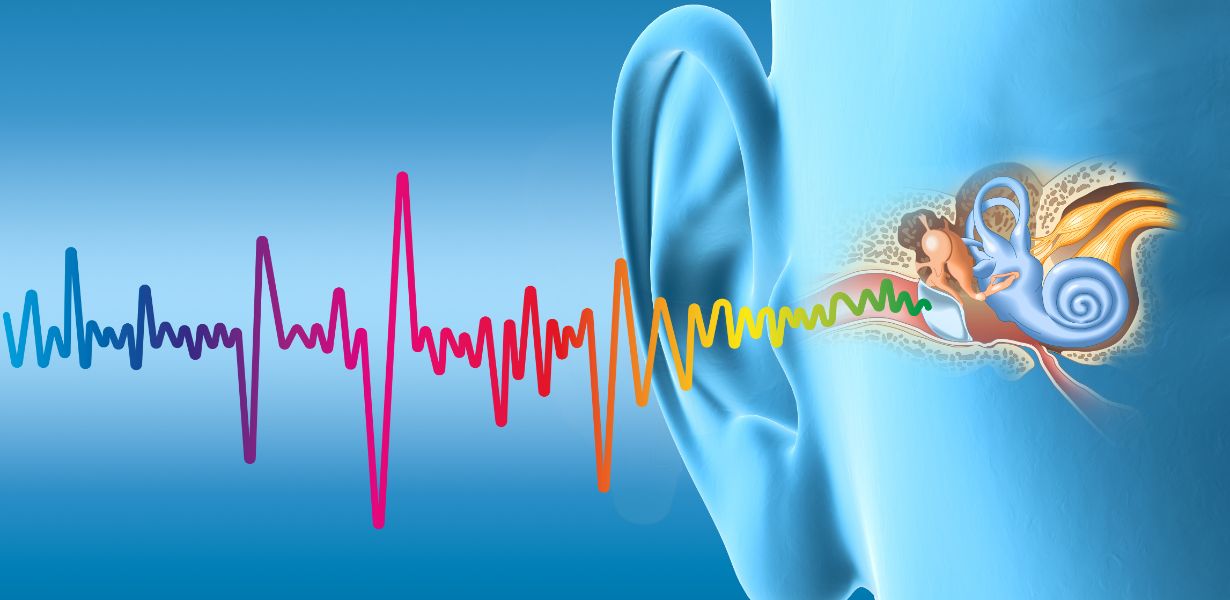
The human ear, an incredible organ responsible for our sense of hearing, is a remarkable example of intricate design. Understanding the ear’s anatomy is key to comprehending the auditory process and appreciating its role in our daily lives.
External Ear Anatomy
The external ear, also known as the auricle or pinna, is the visible part of the ear. Its unique folds and curves serve not only aesthetic purposes but also functional ones. The external ear collects sound waves and funnels them into the ear canal, enhancing our ability to perceive sounds. The auricle is composed of cartilage covered with skin, and its individual characteristics contribute to our ability to recognize and localize sounds.
Middle Ear Structures
Moving inward, we encounter the middle ear – a small, air-filled chamber that connects the outer ear to the inner ear. This area hosts the eardrum, a thin membrane that vibrates in response to sound waves. Three tiny bones, collectively called the ossicles (malleus, incus, and stapes), transmit these vibrations from the eardrum to the inner ear. This mechanical amplification is essential for overcoming the impedance mismatch between air and fluid mediums.
Anatomy of the Inner Ear
The inner ear, a labyrinthine structure nestled deep within the skull, is the hub of auditory and vestibular functions. Here, sound vibrations are converted into electrical signals that the brain interprets as sound. The cochlea, resembling a snail’s shell, plays a crucial role in this process. It contains hair cells along its length, which bend and stimulate auditory nerve fibers, enabling the brain to perceive distinct frequencies and volumes.
Cochlea: The Sound Processor
The cochlea, often referred to as the “organ of hearing,” is responsible for analyzing sound frequencies. Its spiral shape is divided into three fluid-filled compartments: the scala vestibuli, scala media, and scala tympani. Vibrations from the ossicles cause the fluid in the cochlea to move, stimulating hair cells. These cells translate the fluid motion into electrical signals that the auditory nerve carries to the brain.
Eustachian Tube and Hearing Equilibrium
Beyond hearing, the ear also influences equilibrium through structures like the semicircular canals and the vestibule. These components are vital for maintaining balance and spatial orientation. Additionally, the Eustachian tube connects the middle ear to the throat, ensuring pressure equalization. Dysfunction in this tube can lead to discomfort and even hearing impairment.
Common Disorders and Their Impact
Disorders of the ear’s anatomy can significantly affect hearing and balance. Conditions like otitis media (middle ear infection) and presbycusis (age-related hearing loss) highlight the delicate nature of this system. By understanding these disorders and seeking appropriate medical attention, individuals can mitigate their impact on their quality of life.
Final Words
The ear’s anatomy is a symphony of design, combining aesthetics and functionality to deliver the gift of hearing. From the auricle’s graceful curves to the cochlea’s intricate chambers, each element serves a crucial role in the auditory process. By appreciating the complexity of ear anatomy, we can better care for our hearing health and cherish the melodies of the world around us.
Commonly Asked Questions
Q1: What is the role of the auricle in hearing?
A1: The auricle, or external ear, collects sound waves and funnels them into the ear canal, enhancing our ability to perceive sounds.
Q2: How do the ossicles contribute to hearing?
A2: The ossicles amplify sound vibrations from the eardrum and transmit them to the inner ear, overcoming the impedance mismatch between air and fluid mediums.
Q3: What is the function of the cochlea?
A3: The cochlea converts sound vibrations into electrical signals, allowing the brain to perceive distinct frequencies and volumes.
Q4: What are the semicircular canals responsible for?
A4: The semicircular canals play a vital role in maintaining balance and spatial orientation.
Q5: How does the Eustachian tube affect ear health?
A5: The Eustachian tube ensures pressure equalization in the middle ear, preventing discomfort and hearing issues.




